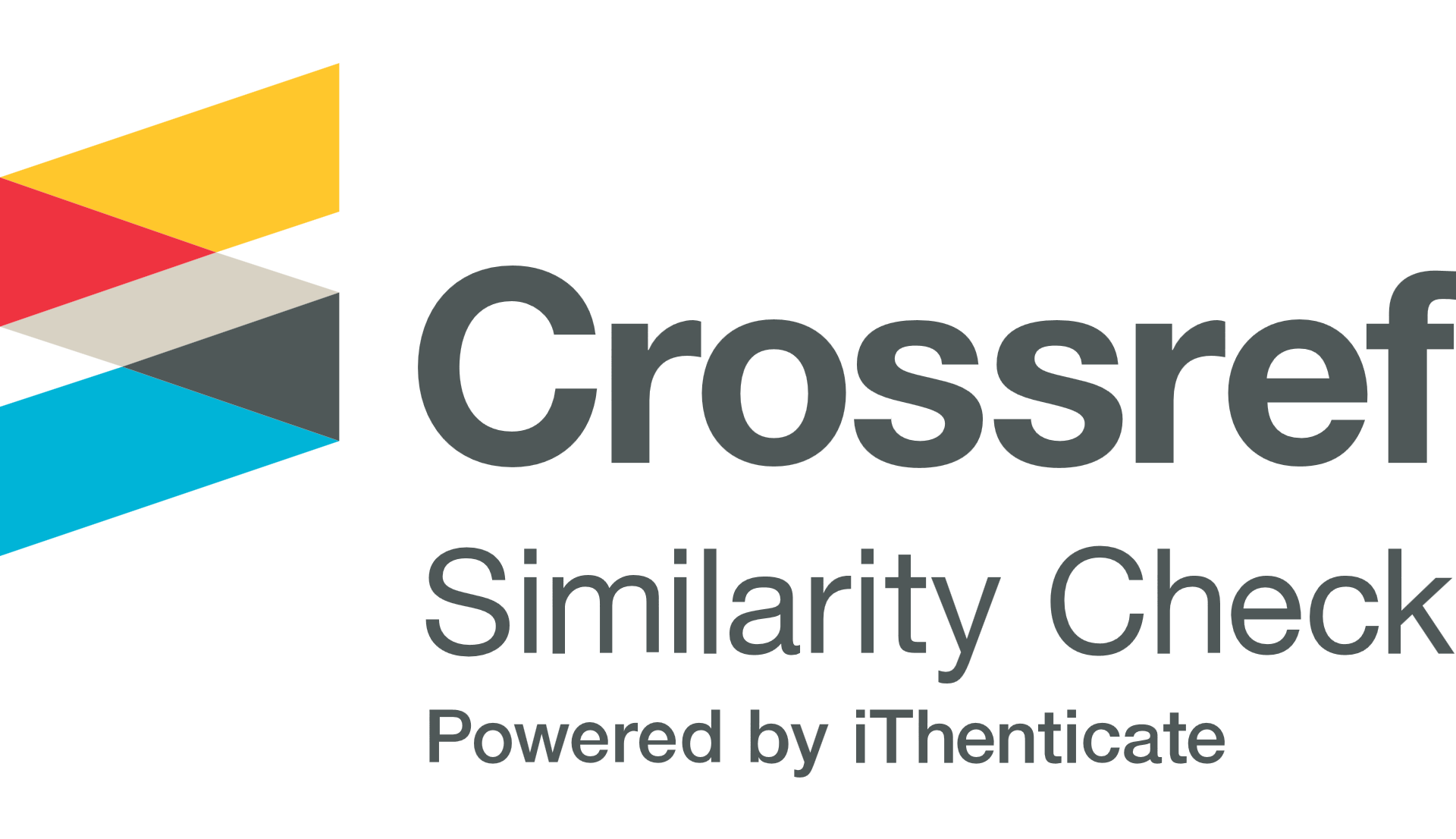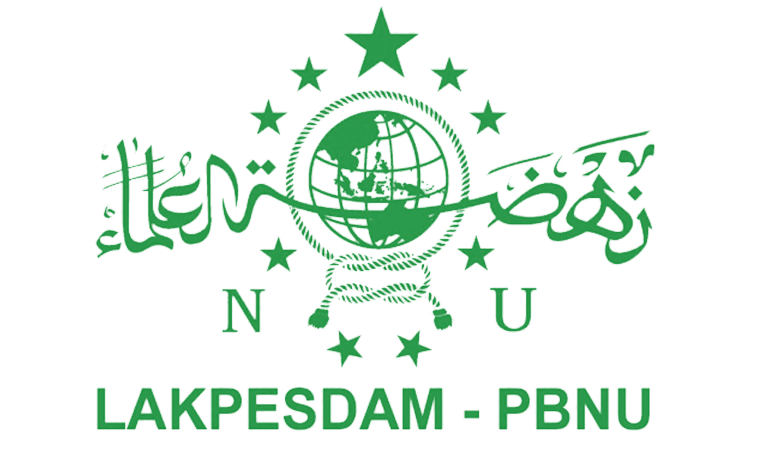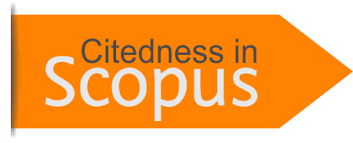KNITTING HARMONY IN DIVERSITY: A BEST PRACTICE FOR RELIGIOUS HARMONY IN THE PASALAE COMMUNITY-NORTH GORONTALO
DOI:
https://doi.org/10.31969/alq.v27i2.981Keywords:
Best Practice, Religious Harmony, Pasalae CommunityAbstract
Abstract
This research aims to describe the best practice of religious harmony in the Pasalae community, North Gorontalo. As a qualitative research, data collection techniques were used through direct observation of the Pasalae community activities in building relationships and practices of harmony which has been going on all this time. Interviews were intended to explore data from the key and regular informants as deep as possible, and documents aim to obtain data through articles related to best practices in Pasalae. The study results show that the people in Pasalae Village live in an excellent practice of religious harmony. The Muslim and Christian communities, living side by side peacefully and actively build relationships without being awkward. The basis of harmony in the Pasalae community is created through culture and local wisdom that is still rooted in society, economy, and kinship. The presence of religious groups considered fanatic is one of the threats in breaking up their harmony. Thus, the effort to prevent it is by increasing the awareness among the people of Pasalae so that they are not easily provoked, and building an intense dialogue on any problems that arise in the community.
Â
References
Akhyar, Z., Matnuh, H., Patimah, S., Patimah, S., & Study, C. E. (2015). Implementasi toleransi antar umat beragama di desa kolam kanan kecamatan barambai kabupaten barito kuala, 5.
Ali Fauzi, Ihsan, Pangabean, Rizal, dkk. (n.d.). Mengelola Keragaman. Yogyakarta: yayasan Wakaf Paramadina, Magister Perdamaian dan resolusi Konflik (MPRK) UGM, The Asia Foundation.
Apriyanto, J. (2012). Sejarah Gorontalo Modern dari hegemoni Kolonial ke Provinsi (1 ed.). Yogyakarta: Ombak.
Casram. (2016). Membangun Sikap Tolernasi Beragama dalam Masyarakat Plural Casram. Wawasan: Jurnal Ilmiah Agama dan Sosial Budaya, 1(2), 187–198. https://doi.org/DOI: http://dx.doi.org/10.15575/jw.v1i2.588
Eck. L. Diana. (2006). What Is Pluralism.
Endraswara. Suwardi. (2006). Metode, Teori , Teknik Penelitian Kebudayaan: Ideologi Epistemologi dan Aplikasi (1 ed.). Yogyakarta: Pustaka Widyatama.
Ismail. Hasani. (2008). Berpihak dan Bertindak Intoleran, Intoleransi Masyarakat dan Restriksi Negara dalam Kebebasa Beragama/Berkeyakinan di Indonesia. Jakarta.
Ismail, F. (2017). Islam yang Produktif Titik Temu Visi dab Keumatan dan kebangsaan (1 ed.). Yogyakarta: IRCisod.
Kasniyah. Naniek. (2012). Tahapan Menentukan Informan dalam Penelitian Kualitatif. Yogyakarta: Ombak.
Khotimah. (2016). Interaksi Sosial Masyarakat Islam Kristen di Dusun IV Tarab Mulia Kecamatan Tambang Kabupaten kampar. Kutubkhana, 19(2).
Mamuaya, C. L. dan S. A. (2017). Toleransi Masyarakat islam-Kristen Madura di Desa Sumber jambe Kabupaten Kember. Dimensi, 10(2).
Nazmudin. (2017). Kerukunan dan Toleransi Antar Umat Beragama dalam Membangun Keutuhan Negara Kesatuan Republik Indonesia ( NKRI ). Journal of Government and Civil Society, 1(1), 23–39. https://doi.org/10.6320/FJM.2015.19(5).12
Spradley, J. . (2007). Metode Etnografi (2 ed.). Yogyakarta: Tiara Wacana.
Syamsurijal, dkk. (2019). Best Prantice Kerukunan Umat Beragama di Kawasan Timur Indonesia (No. 1). Makassar.
Tim Penyusun Dokumen Desa. (2018). Desa Gentuma 2018. Gentuma Raya.
Wahyuni, E. dan A. F. B. (2014). Analisis Esksitensi Kearifan Lokal Desa Bongoime Provinsi Gorontalo. Penyuluhan, IV(1).
Waluyajati, Roro Sri Rejeki dan Farida, L. U. (2018). Pola Interkasi Sosial Keagamaan Antara Penganut Agama Islam dan Kristen Advent. Religioua: Studi Agama dan Lintas Budaya, 2(2).
Walzer, M. (1997). On Tolerantio. London: New Havem and London Yale University Press.
Weldemina Yudit Tiwery. (2018). Larvul ngabal dan ain ni ain sebagai pemersatu kemajemukan di kepulauan kei maluku tenggara. Sosiologi Pedesaan, 6(1), 8–15.
Yewangoe, A. . (2016). Agama dan Kerukunan (4 ed.). Jakarta: Gunung Mulia.
Additional Files
Published
Issue
Section
License
Authors who publish with this journal agree to the following terms:
- Authors retain copyright and grant the journal right of first publication with the work simultaneously licensed under Creative Commons Attribution-NonCommercial-ShareAlike 4.0 International License that allows others to share the work with an acknowledgement of the work's authorship and initial publication in this journal.
- Authors are able to enter into separate, additional contractual arrangements for the non-exclusive distribution of the journal's published version of the work (e.g., post it to an institutional repository or publish it in a book), with an acknowledgment of its initial publication in this journal.
- Authors are permitted and encouraged to post their work online (e.g., in institutional repositories or on their website) prior to and during the submission process, as it can lead to productive exchanges, as well as earlier and greater citation of published work (See The Effect of Open Access).















